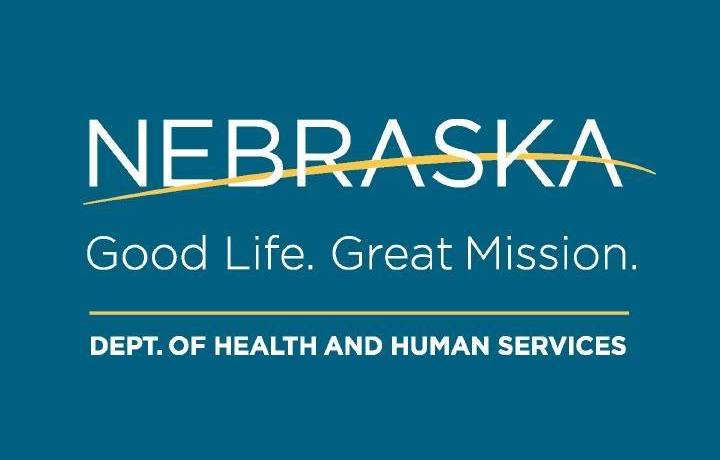![]()

Temperatures in Nebraska from June to early September can rise into the upper 90’s and can even reach into the 100’s. As temperatures rise, the Nebraska Department of Health and Human Services (DHHS) reminds Nebraskans to stay informed of upcoming weather forecasts and prepare for extreme heat.
“Our great state has many wonderful outdoor activities to enjoy during the summer months such as visiting parks, camping, horseback riding, fishing, or a trip to the zoo with friends and family,” said Dr. Timothy Tesmer, Chief Medical Officer at DHHS. “It is important to remember to stay safe in the heat by staying cool, staying hydrated, and staying informed.”
Extreme heat can be dangerous. When the temperature and humidity rise, our bodies have a more difficult time regulating our internal temperatures, which can lead to heat-related illnesses, such as sunburn, heat rash, heat exhaustion, or heat stroke. Last year in Nebraska, there were an estimated 620 emergency department visits due to heat illness from May through September 2023.
Heat-related illnesses can be prevented with a few simple actions.
Stay Cool:
- Stay in an air-conditioned place as much as possible. If you do not have access to air conditioning, consider visiting a public space such as a library, shopping mall, or cooling center. Even a few hours in air conditioning can help your body regulate its internal temperature.
- NEVER leave children or pets inside vehicles. Double-check before leaving the vehicle that all occupants are out of the vehicle.
- Wear lightweight and loose-fitting clothes.
- Limit outdoor activities to when it is coolest, such as morning and evening hours, and take plenty of rest under shaded areas.
- Bring your workout indoors out of the heat.
- Wear “broad spectrum” or “UVA/UVB” sunscreen.
Stay Hydrated:
- Drink more fluids, regardless of how active you are. Do NOT wait until you are thirsty to drink.
- Stay away from sugary or alcoholic fluids as they can lead to dehydration.
- Do NOT forget to keep pets hydrated.
Stay Informed:
- Check your local news sources regularly for extreme heat alerts.
- Learn the signs and symptoms of heat-related illnesses and what to do if you or a loved one is showing signs.
- If working outdoors, use a buddy system to check on co-workers and have a co-worker regularly check on your wellbeing.
- Check on people who are at higher risk.
“While anyone can get a heat-related illness, groups at a higher risk include people over the age of 65, infants and children, people who have chronic health conditions, such as cardiovascular disease, people who work or exercise outdoors, people who are overweight or obese, and people without access to air conditioning,” Dr. Tesmer said. “Please be mindful of our community members who may need to take extra precautions when the temperature and humidity rise.”
Understanding heat-related terms can also help you and your loved ones prepare for hot weather. Throughout the heat season, you may see the following terms being used:
- Heat Index: is a measure of how hot it feels when relative humidity is added to the air temperature.
- Excessive Heat Outlooks: Issued when the potential exists for an excessive heat event in the next 3-7 days.
- Excessive Heat Watches: Issued when conditions are favorable for excessive heat in the next 24 to 72 hours.
- Excessive Heat Warning/Advisories: Issued when excessive heat is expected in the next 24 hours.
To help the public easily identify if temperatures over seven days could harm human health, the National Weather Services recently released the HeatRisk Dashboard, available at https://www.wpc.ncep.noaa.gov/heatrisk/.
Learn more about extreme heat and how to protect yourself and your loved ones this summer at https://www.cdc.gov/extreme-heat/about/index.html.
